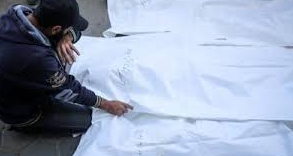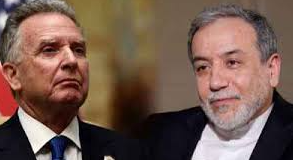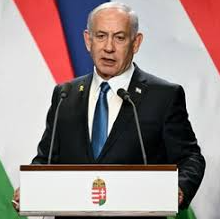New strikes target residential areas, raising the number of women and children among the casualties
At least 58 Palestinians have been confirmed dead following Israeli airstrikes in Gaza, with many more expected as rescue efforts continue in the rubble. The strikes, which hit the southern towns of Rafah and Khan Younis as well as Beit Lahiya in the north, have led to a significant rise in the number of women and children among the dead, with many victims being asleep when the bombs struck.
The timing of the recent wave of attacks, which began on Tuesday, is being blamed for the high number of civilian casualties. In what is considered one of the bloodiest days of the conflict, the first round of airstrikes killed over 400 people, including 183 children and 94 women, according to Gaza’s health ministry.
Israeli officials have stated that the new offensive is targeting senior Hamas military and political leaders, with the aim of weakening Hamas’ capabilities. Despite these claims, the civilian toll continues to rise, with some of the dead identified as being from a family in Abasan al-Kabira, near Khan Younis, where at least 16 people, including a father and his seven children, perished.
In Rafah, the European Hospital received the bodies of 26 victims, mostly women and children, while Nasser Hospital in Khan Younis reported seven deaths from another airstrike. Hospitals in northern Gaza also received casualties from attacks in Beit Lahiya. The intensity of the bombardment is increasing, with Israeli forces urging Palestinian civilians to evacuate areas in northern and eastern Gaza.
Following the breakdown of the ceasefire earlier this week, which had held since mid-January, Hamas and Israel are blaming each other for the escalation. Hamas has continued its demands for Israel to respect the ceasefire agreement, while Israeli officials argue that Hamas rejected proposals to extend the truce.
Israel has also stated that its latest military operations aim to reassert control over Gaza’s key Netzarim corridor, which had been vacated during the ceasefire. There are fears that a ground assault could be imminent, although airstrikes continue to be the primary mode of attack.
The broader conflict, which began with a surprise Hamas attack in October 2023, has led to catastrophic losses. Nearly 49,000 Palestinians have died since Israel’s retaliatory offensive began. On the Israeli side, the number of casualties has also been significant, with approximately 1,200 people killed during the initial attack.
Protests against Prime Minister Benjamin Netanyahu’s government and its military actions have been escalating in Israel, with demonstrations calling for a ceasefire and a focus on securing the release of hostages held by Hamas. Despite growing public pressure, the Israeli government has indicated that the offensive will continue until its objectives are met.








